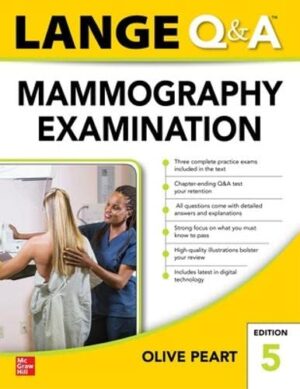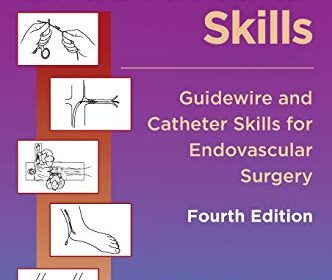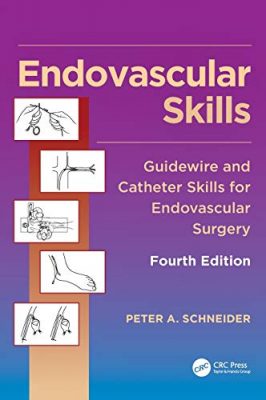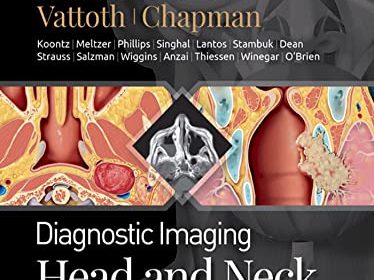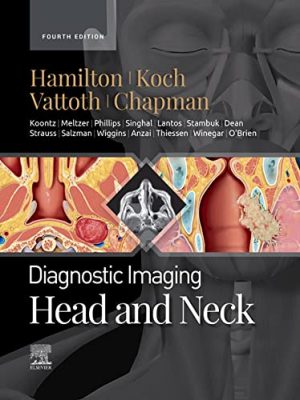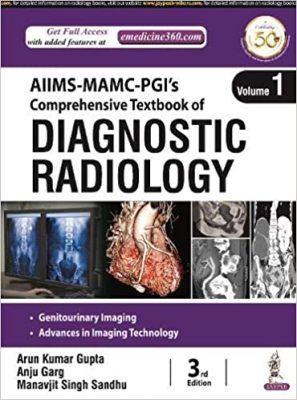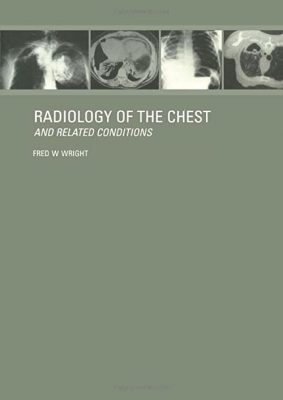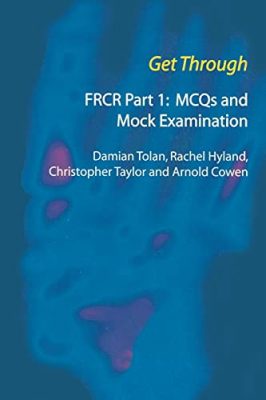Nuclear Cardiology and Multimodal Cardiovascular Imaging: A Companion to Braunwald’s Heart Disease
1st Edition
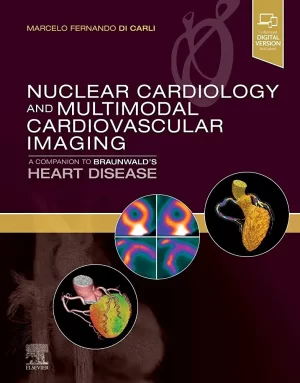
Recent years have seen numerous advances in cardiovascular nuclear medicine technology, leading to more precise diagnoses and treatment and an expanded understanding of the molecular basis for cardiac disease. Nuclear Cardiology and Multimodal Cardiovascular Imaging is a one-stop, comprehensive guide to the diagnostic and clinical implications of this complex and increasingly important technology. Part of the Braunwald family of renowned cardiology references, it provides cutting-edge coverage of multimodal cardiac imaging along with case vignettes and integrated teaching content―ideal for cardiologists, cardiology fellows, radiologists, and nuclear medicine physicians.
Features all the latest cardiovascular nuclear medicine studies with practical, evidence-based implications for personalized patient evaluation and treatment.
Presents a consistent, patient-centered approach using integrated case vignettes correlated with specific nuclear medicine imaging findings. Discusses patient assessment criteria, risk factor criteria, pathology, evaluation criteria, outcomes, and other clinical implications.
Covers a full range of imaging technologies, including SPECT/CT, PET/CT, and CT/MR hybrid radionuclide cardiovascular imaging studies.
Addresses emerging clinical applications of nuclear imaging techniques for precision-based medicine, including targeted molecular imaging and cell therapies.
Includes sections on instrumentation/principles of imaging; protocols and interpretation; applications in coronary artery disease, special populations, and heart failure; artificial intelligence, and more.
Contains guidelines and appropriate use documents to provide appropriate context for clinicians.
Features hundreds of high-quality figures including multimodal cardiac imaging studies, anatomic illustrations, and graphs.
Provides Key Point summaries, 50 procedural videos, and 100 multiple-choice questions and answers to reinforce understanding and facilitate review.
Enhanced eBook version included with purchase, which allows you to access all of the text, figures, and references from the book on a variety of devices
DOWNLOAD THIS MEDICAL BOOK
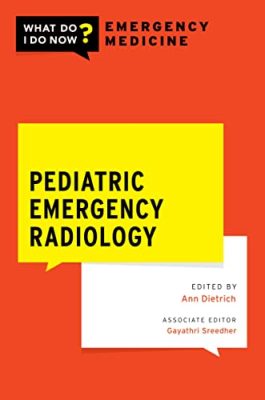 Part of the “What Do I Do Now?: Emergency Medicine” series, Pediatric Emergency Radiology uses a case-based approach to cover common and important topics in radiology imaging for pediatric emergency care. Each chapter provides a discussion of the diagnosis, key points to remember, and selected references for further reading. Areas of controversy are clearly delineated with a discussion regarding evidence-based options and a balanced view of treatment and disposition decisions. The book addresses a wide range of topics including neonatal respiratory distress, foreign body ingestion, Bronchiolitis, and related radiology issues faced by emergency medicine providers and pediatricians.
Part of the “What Do I Do Now?: Emergency Medicine” series, Pediatric Emergency Radiology uses a case-based approach to cover common and important topics in radiology imaging for pediatric emergency care. Each chapter provides a discussion of the diagnosis, key points to remember, and selected references for further reading. Areas of controversy are clearly delineated with a discussion regarding evidence-based options and a balanced view of treatment and disposition decisions. The book addresses a wide range of topics including neonatal respiratory distress, foreign body ingestion, Bronchiolitis, and related radiology issues faced by emergency medicine providers and pediatricians.
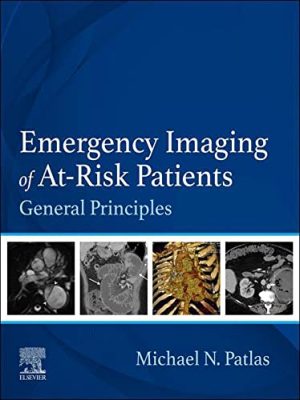 Radiologists in emergency department settings are uniquely positioned to identify and provide effective, appropriate care to vulnerable patient populations. Emergency Imaging of At-Risk Patients fills a void in the literature by illustrating challenges in emergency and trauma imaging of vulnerable patients using a head-to-toe approach. Drawing on the vast clinical experience of emergency and trauma radiologists from the largest academic medical centers across North America, this reference presents basic and advanced emergency imaging concepts, relevant case studies, current controversies and protocols, and subtle imaging findings that help guide clinicians to efficient and accurate diagnoses and treatments.
Radiologists in emergency department settings are uniquely positioned to identify and provide effective, appropriate care to vulnerable patient populations. Emergency Imaging of At-Risk Patients fills a void in the literature by illustrating challenges in emergency and trauma imaging of vulnerable patients using a head-to-toe approach. Drawing on the vast clinical experience of emergency and trauma radiologists from the largest academic medical centers across North America, this reference presents basic and advanced emergency imaging concepts, relevant case studies, current controversies and protocols, and subtle imaging findings that help guide clinicians to efficient and accurate diagnoses and treatments.

